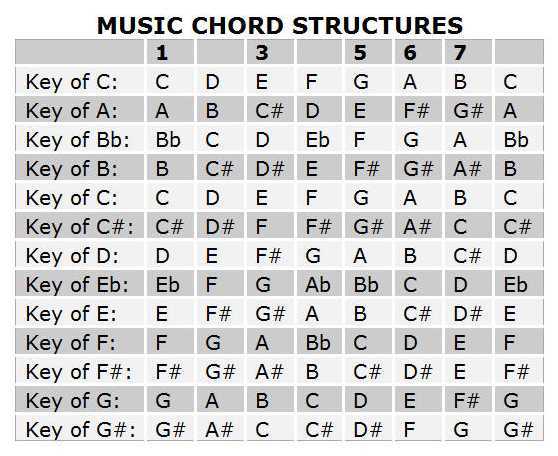
Fender 400 Pedal Steel Setup
Here is my pedal setup for the Fender 400. There are no knee levers. I learned this basic set-up from Basil Henriques, whom I admire dearly, who in my humble opinion is the world's greatest Hawaiian pedal steel guitarists. This is the A7th tuning open string.
|
string |
gauge |
note |
1 |
2 |
3 |
4 |
5 | 6 | 7 | 8 | 9 |
10 |
|
1 |
.013P |
E |
|
|
Eb |
|
F# |
|
F# |
|||
|
2 |
.015P |
C# |
|
|
|
C |
|
C |
D# |
|||
|
3 |
.017P |
A |
|
B |
|
|
|
|||||
|
4 |
.022W |
G |
G# |
|
|
|
F# |
F# |
|
|||
|
5 |
.026W |
E |
|
|
Eb |
|
|
Eb |
|
|
||
|
6 |
.034W |
C# |
|
|
|
C |
|
C |
|
|
||
|
7 |
.036W |
A |
|
B |
|
|
|
|||||
|
8 |
.042W |
G |
G# |
|
|
|
|
|
Above: David Stewart's Fender 400 A7th Tuning
Note about above chart: I only lower string 4 and not string 8 because the pedal is way too tight to press with the 4th (or 8th) pedal combined. It messes up my chords and I can't enjoy playing if I have to worry about pressing the pedals enough all the time. This is also why I only lower string 2 with pedal 8. In sharp contrast, my Pro II ShoBud lowers multiple strings like butter and it's not a problem at all. Still, I like the Fender 400 because of its tone and spread out pedals. I'm using the center hole in the pull-rod linkage, but it's still really tight. Some people like tight pedals, but I sure don't.
View Original Fender 400 Owner's Manual (including factory tuning setup and maintenance)
Here's Another View of the Owner's Manual
MY TAHNI (Farewell My Tani)
BEYOND THE REEF On A7th Pedal Steel
David Stewart's Hawaiian Album 2001
Elderly Instruments Gear & Accessories
Children's .018" Mini Dunlop finger picks (I use only Dunlop brand brass picks, miniature sized for children or small fingers like mine. The regular picks are too big and won't adjust to my finger tips without having to overlap the edges, which is very uncomfortable. You can also order them also from Amazon, at .0225 thickness, which is fine for me. A thicker pick won't bend while performing, so I stay away from thinner picks like .013". A lighter gauge finger pick might be better for children, because the picks can bend easily to fit their fingers. Strings & Beyond sell all the different gauges).
Chord Structures
Note: Once you learn and understand how musical chords are constructed, you'll be able to pick up ANY musical instrument and be playing it in a few minutes. I can actually hear a major or minor chord and identify them. Russian music uses a lot of minor chords. I can tell you if a chord is a 7th, or dominant 7th. And of course, a steel guitar player can readily recognize that Hawaiian sounding C6th chord, which is exactly what a standard ukulele is tuned to. The ukulele is tuned, from the 4th (bottom) to the 1st string (top)... G, C, E, A (or as I like to remember, “God Created Every Animal”). This note pattern will give you the famous melody, “My Dog Has Flees!”
A major scale is composed of the 1st, 3rd and 5th notes of any scale. If you flat the third note, you have a minor chord. If you add the 6th note to a major chord, you have a 6th (or relative A minor). There are a lot of helpful teaching aids online to help you understand music theory. You don't need to become Beethoven or Mozart to excel as a musician. Jerry Byrd couldn't read music, although he recommended for musicians to do so if given the opportunity. It can only make you a better steel guitarist. Notice below for the key of C (first row) that the 1st, 3rd and 5th notes (C, E, G) form a C major chord. If you add an A, the 6th note, you now have a C6th chord. Cool huh?
This reference chart is helpful in that you can quickly identify what notes compose a specific chord, either to construct a necessary chord or name a chord that you're already playing...


Jesus Christ is the ONLY way to Heaven!